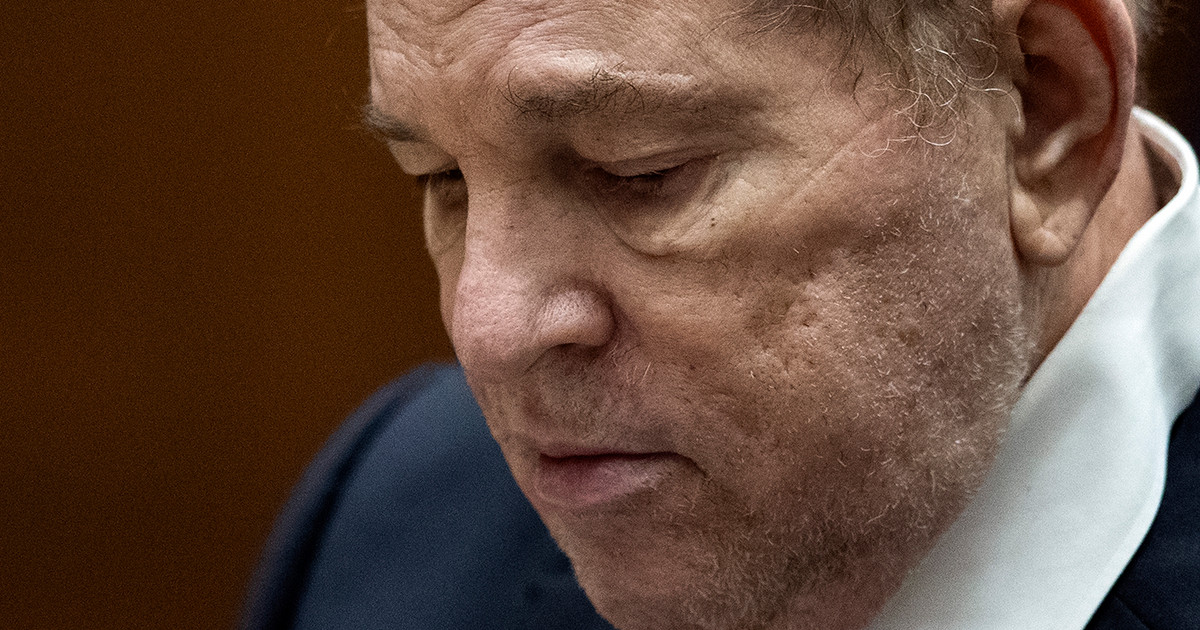Regulated by the National Electric Energy Agency (Aneel), the expansion of the social tariff to all consumers registered in the Single Registry (CadÚnico) and in the Continuous Provision Benefit (BPC) will make the benefit reach 23.7 million families from January 2022.
The number almost doubles the total number of households that benefited from the benefit until then: 11.3 million, or 91% growth. The measure will cause the expenditure foreseen to serve this layer to increase in a similar proportion: it will go from R$ 3.6 billion to R$ 7 billion (94.4%), which has worried specialists due to the potential for tariff increase.
This amount comes from the Energy Development Account (CDE), a charge levied on the electricity bills of customers in the regulated market. The social tariff offers discounts between 10% and 60% on the bill, according to the consumption range. However, until then, customers needed to look for dealerships to register. Companies were also actively looking for customers who would be entitled to the benefit.
Thus, the measure currently benefits only about 52% of the population that would be entitled to the social tariff. Starting in January, the application will be automatic. The number appointed by Aneel is a potential one, because it is necessary to associate the registration of the family in government programs with the registration of the consumer unit, maintained by the electricity distribution companies.
On Tuesday (30), during the 45th Ordinary Public Meeting of Aneel, Sandoval Feitosa, the agency’s director, defended that the measure faces a problem that can be classified as “energy poverty”. The Agency’s Distribution Services Regulation Superintendent, Hugo Lamin explained where the resources to fund the measure will come from.
“The (social) tariff is covered by a charge. So, in the Energy Development Account (CDE) everything is regulated precisely to fund this subsidy. Today we have 12.3 million families covered and another 11.3 million that meet the legal criteria, but still do not receive the benefit. This improvement in regulation is precisely to serve these families”, he explains.
Specialists understand that the measure is important and will alleviate the situation of a portion of the population in social vulnerability, at a time of high tariffs, due to the water crisis and the activation of thermoelectric plants, which produce more expensive energy. However, they understand that it should not be paid for by the consumer, as explained by the former director of the National Electric System Observatory (ONS) and consultant at the Climate and Society Institute (ICS), Luiz Eduardo Barata:
“In the social aspect it is a good measure, but the cost should not be paid by the consumer. The correct thing would be that it came from a new source, coming out of the National Treasury. Now the system will be automated, which is very important. But the government is now doing a kindness with someone else’s hat, because it does not review its expenses to defray this and reduce less worthy expenses to guarantee resources for the measure. All of this will be paid for by the consumer, who is already suffocated on account of the water scarcity tariff and with the tariff increases planned for 2022”, he says.
A professor at the UFRJ School of Chemistry and director of the Ilumina institute, Clarice Ferraz points out that the measure takes place at a time when the country has a very high level of tariffs. According to the expert, the appropriate thing would be, in addition to exempting the regulated consumer, to find an alternative that reduces the cost of energy for this public, which will benefit from the expansion of the social tariff as of 2022.
“Tariffs are distorted due to emergency auctions, excessive thermoelectric dispatch and maximum energy imports. Now, the cost is complex, because the CDE is a charge, and the fee has to be high enough to guarantee the necessary resources for it”, says the researcher.
“What happens in situations of great imbalance is that governments make contributions from the treasury to reduce the impact of the account. These reasons make us expect a very strong increase in 2022. It would be time to find structural mechanisms to reduce the tariff and consumption of subsidized families. How could it be done? With solar panels, in an audacious program of distributed generation”, he says.
The adoption of the water scarcity flag, at the end of August, taxed consumers at R$ 14.20 for each 100 kWh (kilowatt hour) consumed. Until then, the red tariff level two was in force, when R$9.49 was charged for the same consumption pattern. Despite the 66% readjustment, this level was not enough to cover all generation expenses.
Aneel’s technical area already projects a tariff readjustment of around 21% for 2022. The government is also studying a loan of up to R$15 billion for distributors, to reduce the deficit of the amount not covered by tariff flags and avoid high readjustments such as the provided for by the regulatory agency.
Reference: CNN Brasil
I am Sophia william, author of World Stock Market. I have a degree in journalism from the University of Missouri and I have worked as a reporter for several news websites. I have a passion for writing and informing people about the latest news and events happening in the world. I strive to be accurate and unbiased in my reporting, and I hope to provide readers with valuable information that they can use to make informed decisions.






